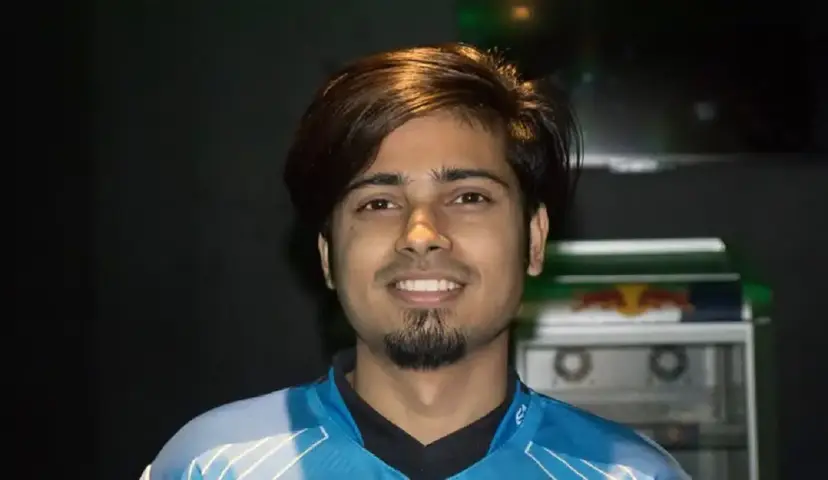
The Most Controversial Moments in CS2 History
Counter-Strike has cemented its legacy as the pinnacle of first-person shooters, especially in the esports arena, where it has reigned supreme for over two decades. This journey, while marked by thrilling competitions and unparalleled skill display, has also been riddled with its share of controversial CS2 moments. These incidents, ranging from in-game scandals to off-screen dramas, have woven a complex tapestry that adds depth to the game's history. As we delve into the Counter-Strike 2 drama, it becomes evident how these controversies have not only shaped the narrative but also influenced the evolution of the game and its community.
The Infamous iBUYPOWER Incident
One of the most seismic scandals to shake the foundations of Counter-Strike involved the North American team iBUYPOWER, a tale that reads like a crime thriller. Dominating the local scene with their unrivalled prowess, iBUYPOWER, led by IGL Joshua “steel” Nissan and featuring stars like Braxton “swag” Pierce and Sam “DAZED” Marine, was the beacon of hope for North American Counter-Strike. However, beneath the veneer of their success lay a scandal that would tarnish their legacy forever.
The turning point came in August 2014 during a seemingly inconsequential match against NetCodeGuides. What should have been a routine victory for the titans turned into a bewildering defeat, with iBUYPOWER losing 16-4. Observers and fans alike were baffled by the team's uncharacteristically poor performance, initially attributed to rustiness. The real shock came months later when leaked conversations revealed a deliberate effort to throw the match for monetary gain through betting, orchestrated with the help of third parties like Duc “cud” Pham.
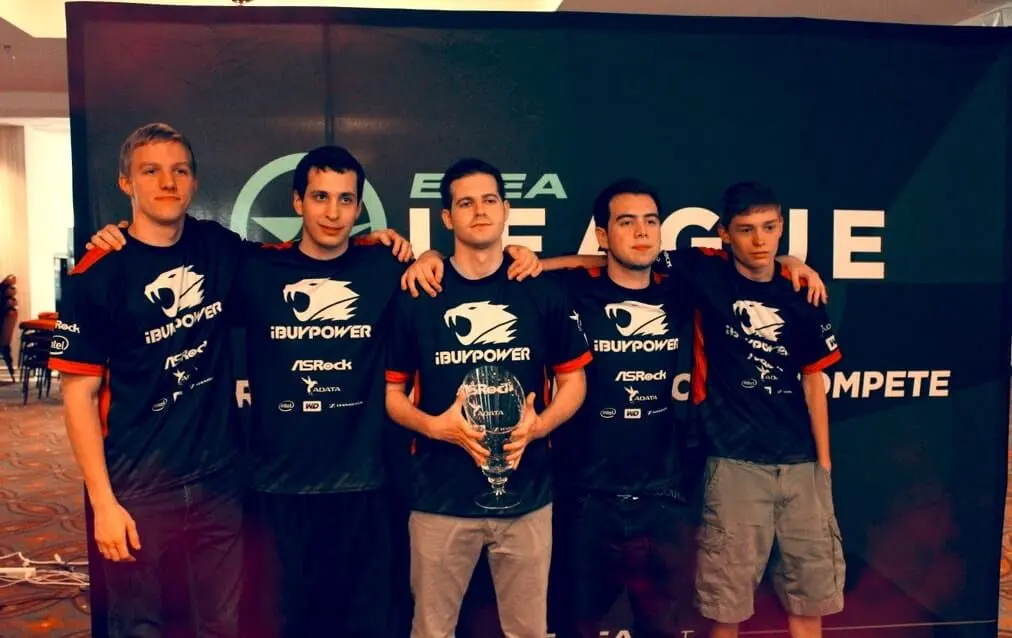
This revelation sent shockwaves through the CS2 esports scandals landscape, highlighting the vulnerability of competitive integrity. Valve's swift response was a resounding ban for the involved players, except for Tyler “skadoodle” Latham, who had abstained from the scheme. This punishment not only served as a stark warning against corruption but also sparked widespread debate within the CS2 community backlash, leading to significant changes in oversight and regulation within the scene.
The aftermath saw most players transitioning to VALORANT, with Skadoodle later clinching a Major win with Cloud9, a redemptive arc in the shadow of controversy. Yet, the iBUYPOWER incident remains a dark chapter, a poignant reminder of the thin line between ambition and integrity in the competitive world of Counter-Strike, underscoring the ongoing battle against CS2 pro player controversies and the eternal vigilance required to safeguard the sport's honour.
The forsaken Cheating Scandal
In the realm of competitive CS2, where skill and strategy reign supreme, the forsaken cheating scandal stands as a stark reminder of the temptations that lurk within the shadows. Nikhil “forsaken” Kumawat, a player for OPTiC India, became the embodiment of one of the most egregious CS2 ethics violations when he was caught using hacks during a live event in 2018. Hidden under the guise of "word.exe," these cheats brought the integrity of professional play into question and shattered the illusion that LAN events were immune to such deceit.

The incident unfolded at Extremesland 2018, where forsaken's suspicious in-game behaviour raised eyebrows. The discovery of his cheat, cleverly disguised on his system, sent shockwaves through the community and marked a significant controversial CS2 moment. Forsaken's actions not only led to a lifetime ban from competitive play but also resulted in the disbandment of OPTiC India, a stark testament to the far-reaching consequences of such CS2 penalties.
This scandal served as a wake-up call, highlighting the need for more stringent security measures at events and the constant vigilance required to maintain the integrity of competitive CS2. It also left an indelible mark on the community, with "word.exe" becoming a notorious symbol of cheating within the game's lexicon.
The Gaming Paradise 2015 Disaster
From individual misconduct, we shift to an organizational fiasco that rocked the Counter-Strike world: the Gaming Paradise 2015 disaster. This event, ambitiously envisioned as a tournament paradise in Slovenia, quickly devolved into what could be described as the Fyre Festival of CS2 esports. Promised as a blend of competitive thrill and scenic leisure, the reality was anything but for the attendees.
The first red flags appeared when teams encountered difficulties securing their travel arrangements, with promised funds arriving suspiciously late. However, the true scale of the debacle became apparent upon arrival. The promised accommodation was unpaid for, leading to the confiscation of players' passports by hotel staff, a situation eerily reminiscent of a hostage drama rather than an esports event.
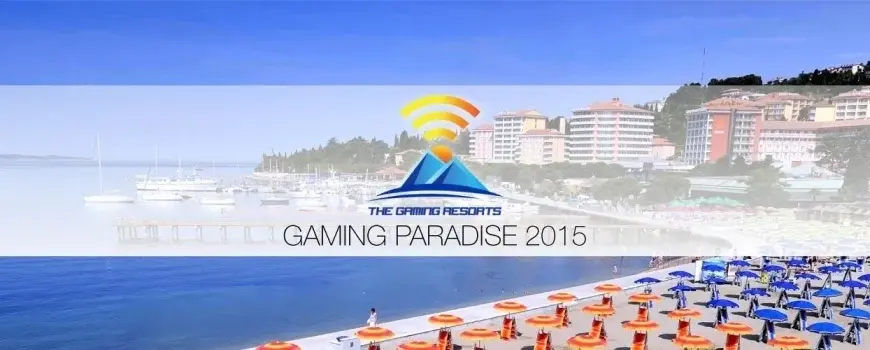
But the troubles didn't end there. The PCs necessary for the tournament never arrived, forcing the organizers into a frantic scramble to source any available hardware, compromising the event's integrity and playability. The tournament, though somehow conducted, ended in further controversy as the promised prize money vanished into thin air, leaving teams to navigate a bureaucratic nightmare to retrieve their travel documents and depart Slovenia.
Gaming Paradise 2015 stands as a cautionary tale, a benchmark for CS2 event cancellations and CS2 financial disputes. It underscored the importance of logistical reliability and financial transparency in esports, principles that the CS2 community has since held with renewed vigilance. This debacle didn't just impact the players and teams involved; it sent ripples through the esports world, highlighting the vulnerability of players and the need for stronger safeguards against such organizational disasters.
The Coaching Bug Scandal
In the competitive crucible of CS2, coaches play a pivotal role, shaping strategies and guiding their teams through the fog of virtual warfare. However, in 2020, the integrity of this role was compromised by what became known as the coaching bug scandal, a technical glitch that turned into one of the most significant top CS2 controversies. This bug allowed coaches to obtain a bird's-eye view of the map during matches, granting them the ability to relay critical information about opponents' positions and strategies—a clear violation of CS2 ethics.
The issue came to light when Mariusz “Loord” Cybulski, a Polish coach, reported the anomaly, revealing the potential for its abuse. The Esports Integrity Commission (ESIC) swiftly launched an investigation, uncovering a web of deceit that had entangled the competitive scene. The initial findings led to the ban of several high-profile coaches, including Ricardo “dead” Sinigaglia and Nicolai “HUNDEN” Peterson, marking a watershed moment in CS2 penalties.
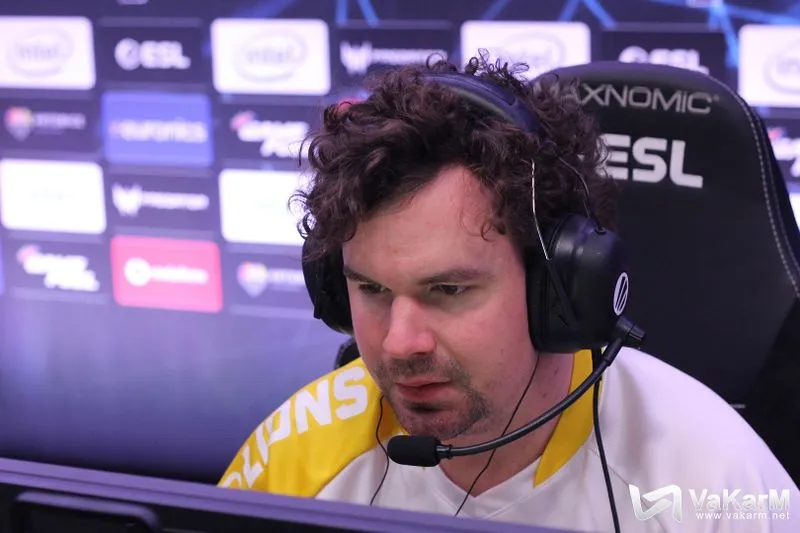
The fallout was extensive, with ESIC's comprehensive review eventually implicating over 100 coaches. This mass censure underscored the vulnerability of the sport to technological exploits and the lengths some were willing to go to secure an advantage, casting a shadow over many notable achievements and raising questions about the CS2 major upsets that had occurred under potentially compromised conditions.
The ESEA Bitcoin Mining Scandal
The ESEA Bitcoin mining scandal is a tale of betrayal that intertwines the worlds of competitive gaming and cryptocurrency, presenting a stark lesson in the CS2 legal issues that can arise in the digital age. In 2013, it was discovered that the ESEA's anti-cheat client, a tool designed to safeguard the integrity of competitive play, was co-opted to mine Bitcoin using the hardware of unsuspecting users. This clandestine operation harnessed the collective power of 14,000 computers, unbeknownst to their owners, to generate cryptocurrency—raising significant CS2 community backlash and concerns over privacy and consent in the gaming sphere.
The revelation of this secret mining operation, which had subtly siphoned off users' processing power, highlighted the dark potential of software that gamers trust and run for the sake of fair play. While the mined Bitcoin amounted to approximately $17,000 at the time, its value would have skyrocketed in subsequent years, adding insult to injury for those affected.
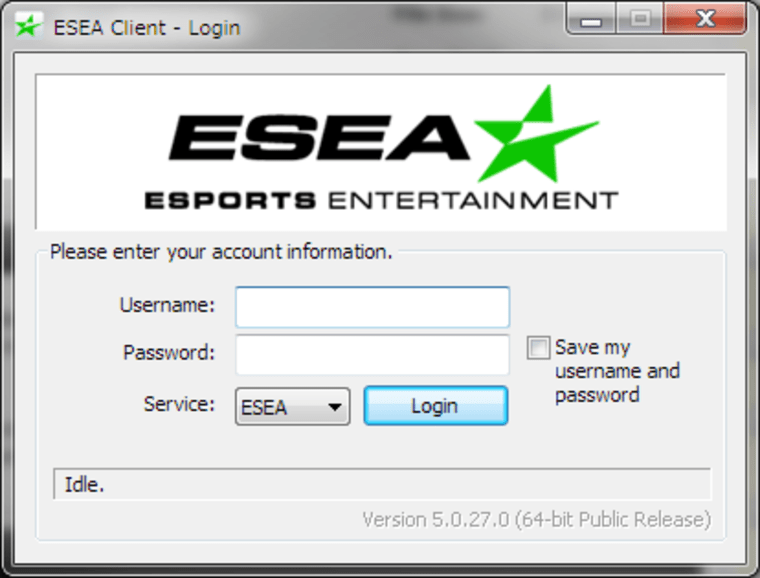
ESEA's response was to pin the blame on a rogue employee, a move that did little to quell the outrage or address the deeper issues of trust and security that the scandal unearthed. The subsequent legal actions, resulting in a $1 million fine, served as a cautionary tale about the risks associated with software that demands high levels of system access and the ethical responsibilities of companies operating within the esports domain.
For insights into the competitive hierarchy and team accomplishments, check out Best CS2 teams.
Other Notable Controversies
The landscape of Counter-Strike 2 is no stranger to a variety of controversies that have stirred the community and shaped the game's policies over the years. Among these, CS2 patch controversies have often sparked heated debates, with updates sometimes drastically altering gameplay and shifting the competitive meta, leaving players and teams scrambling to adapt.
CS2 toxicity and harassment have also marred the community, leading to significant backlash and calls for stricter moderation and behavioural guidelines. These issues highlight the darker aspects of competitive gaming, where the anonymity and pressure of online play can sometimes lead to negative interactions among players.
Doping represents another dark corner of esports, with CS2 doping scandals raising questions about the use of performance-enhancing drugs to gain an unfair advantage in competitions. This has led to discussions about the need for drug testing and regulations similar to traditional sports.
The streaming world is not without its drama, with CS2 streaming controversies involving professional players and personalities often coming under fire for their actions or statements live on air. These incidents have sparked debates about the responsibilities of influencers in the gaming community.
Lastly, CS2 sponsorship drama and CS2 financial disputes have exposed the often precarious financial underpinnings of esports teams and organizations. From failed sponsorships to disputes over prize money distribution, these controversies have led to a push for greater transparency and stability in the esports economy.
The Impact of Controversies on CS2's Evolution
The controversies that have peppered the history of Counter-Strike 2, from high-profile player bans to systemic issues like toxicity and financial instability, have been pivotal in shaping the game's evolution. Each scandal, while regrettable, has served as a catalyst for change, prompting developers, organizers, and the community at large to reflect on the values that underpin the competitive scene.
In response to CS2 pro player controversies, we've seen the implementation of more stringent regulations and oversight, ensuring that the integrity of competition remains sacrosanct. The harsh penalties meted out for ethical breaches serve as a deterrent, reinforcing the importance of fair play and sportsmanship.
The fabric of Counter-Strike 2's competitive scene is occasionally marred by Counter-Strike 2 team conflicts, highlighting the intense pressure and high stakes inherent in top-level esports. Additionally, the integrity of the game is upheld through necessary but often contentious Counter-Strike 2 player bans, serving as a testament to the community's commitment to fairness and sportsmanship.
To explore the achievements and backgrounds of prominent figures in the game, visit Counter-Strike 2 players.
Conclusion
The journey through the most controversial moments in Counter-Strike 2 history reveals a landscape marked by challenges, learning, and evolution. From the notorious iBUYPOWER incident that shook the foundations of competitive integrity to the forsaken cheating scandal that highlighted vulnerabilities in LAN event security, each controversy has left an indelible mark on the community and the game itself. The Gaming Paradise 2015 disaster and the ESEA Bitcoin mining scandal further illustrate the complexities and unexpected challenges that can arise within the esports ecosystem.
Article info
Article














Comments